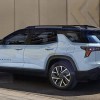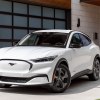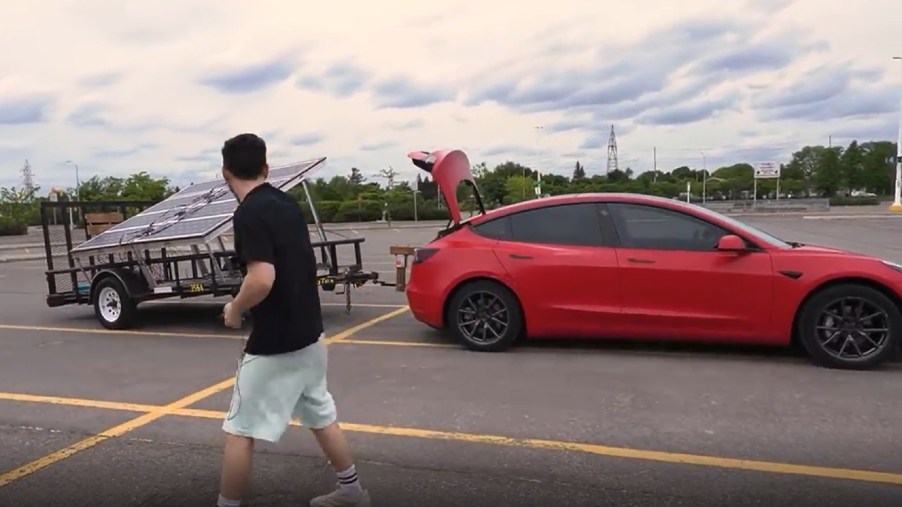
Can You Charge a Tesla Model 3 With a Solar Panel Trailer?
Despite some quality control problems, the Tesla Model 3 remains a popular EV. Though there are faster electric cars—and motorcycles—the Model 3 has all the features and range most people need. And yet, despite having access to fast chargers, some customers still suffer from range anxiety. But instead of getting a gasoline-powered backup charger, one YouTuber tried a different approach: a trailer filled with solar panels.
The Tesla Model 3 solar panel trailer build
YouTuber ItsYeBoi has done other experiments with his personal Tesla Model 3, InsideEVs reports. Earlier, he tested a laminate that would reportedly make the Model 3’s windows bulletproof. He’s also previously tried to charge the car with a wind turbine. And now, he tried to use a solar panel trailer attached to the Tesla Model 3 to charge it on the go.
His build was fairly straightforward. He took 8 flexible solar panels and mounted them on metal frames in the back of a used trailer. The panels hooked up to a power converter, which in turn fed into the Tesla. The total cost was about $2500. Which is about $1000 cheaper than the Blink portable EV charger.
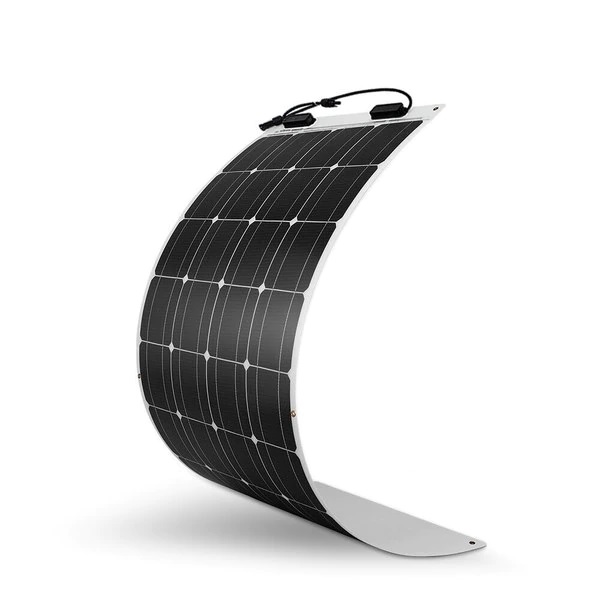
Theoretically, the solar panel trailer could generate 800W. The panels themselves appear to be Regony 100W flexible ones, and the trailer houses 8 of them. But even with direct sunshine, the most ItsYeBoi saw was 600W.
Admittedly, that’s enough to charge a smartphone and power a coffeemaker. It’s also enough to qualify the trailer as a Level 1 charger, Roadshow reports. Albeit not a particularly efficient one.
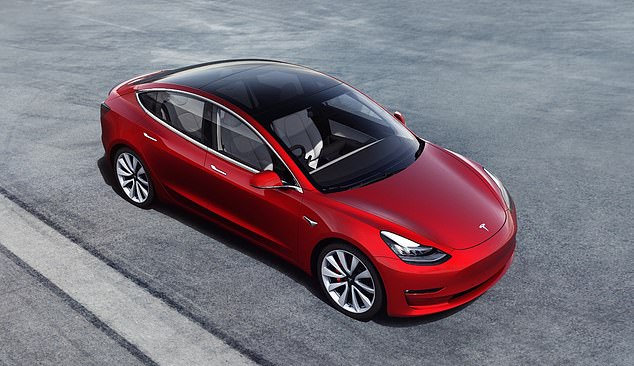
A Standard Range Tesla Model 3, Kelley Blue Book reports, has a 54-kWh battery pack. ItsYeBoi’s math in his video is off, but we redid it. Operating at theoretical peak efficiency, the solar panel trailer would need 67.5 hours of sunlight to fully recharge the Model 3. Considering he saw 75% efficiency in sunlight, that bumps it 90 hours of sunshine. ItsYeBoi appears to work around Los Angeles, California. Based on Sunrise-Sunset.org’s data, that’s 7.5 days of continuous charging—assuming there aren’t any clouds.
Could you improve on it?
Unfortunately, it would take quite a few solar panels even to bring the trailer up to wall outlet levels of charging speed. The Tesla Model 3’s maximum charging rate is 7.7 kW—assuming the same 75% efficiency, that’s 103 solar panels. And that’s just to get the Model 3 fully-recharged within an 8-hour workday.
But there are 2 things that further complicate the idea. Firstly, as The Fast Lane discovered, all EVs, including Tesla Model 3s, have built-in hardware and software that monitor charging. ItsYeBoi had some trouble getting his car to accept power from the solar panels likely due to that on-board equipment.
Secondly, all these calculations are based on the Tesla Model 3 staying stationary. Towing drastically lowers an EV’s range, even if it’s not going up hills. Plus, adding enough solar panels to counteract that would just add more weight to the trailer. Then you’d need more panels to make up the difference, which would add more weight, and so on.
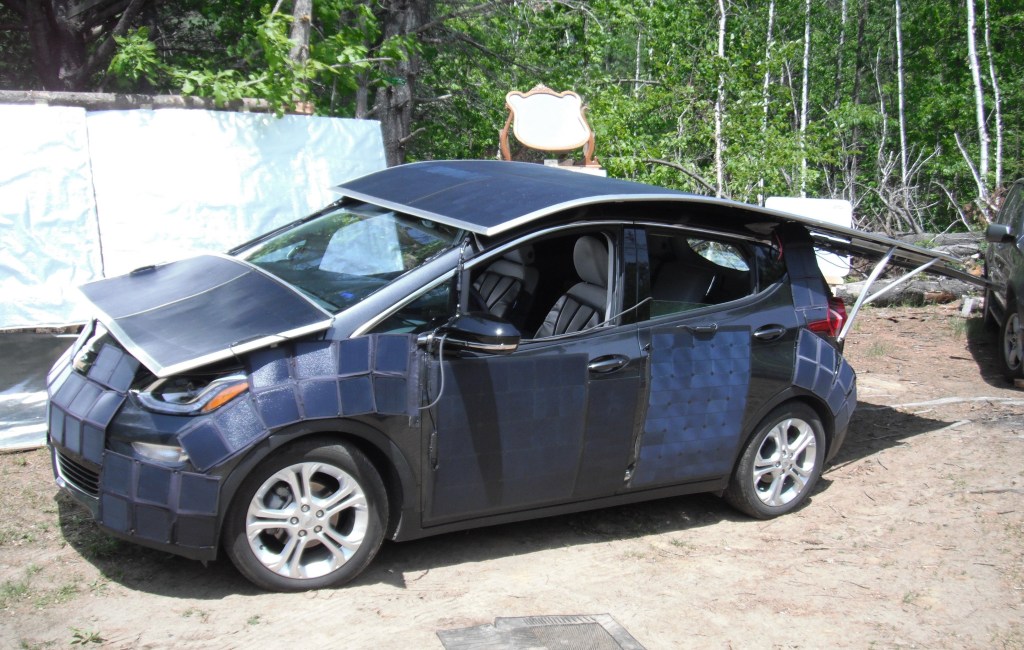
That’s not to say it’s impossible to power an EV solely via solar panels. One Chevy Bolt owner managed to do so. However, it cost $20,000 and required covering every square inch with panels. Including several oversized ones mounted on the hood and roof.
Solar panels can be an effective way to supplement EV charging. But they won’t replace a dedicated charger.
Why do some EVs offer solar panels?
Several automakers offer their EVs with optional solar panels. It’s an option on the Toyota Prius, for example, and the Hyundai Sonata hybrid. And indeed, as we’ve just demonstrated, their impact on the driving range is fairly minimal. Hyundai, for example, estimates the Sonata’s solar roof only adds about 2.2 miles of range per day.

Range, though, isn’t really the point. Instead, the solar panel provides the energy that would otherwise go to operating in-car electronics. It’s much like how some mild hybrids use their integrated-starters to power things like active suspension. It’s more efficient than having the engine power those devices itself.
So, while you can charge a Tesla Model 3 with a solar panel trailer, it’s really not the best solution.
Follow more updates from MotorBiscuit on our Facebook page.
